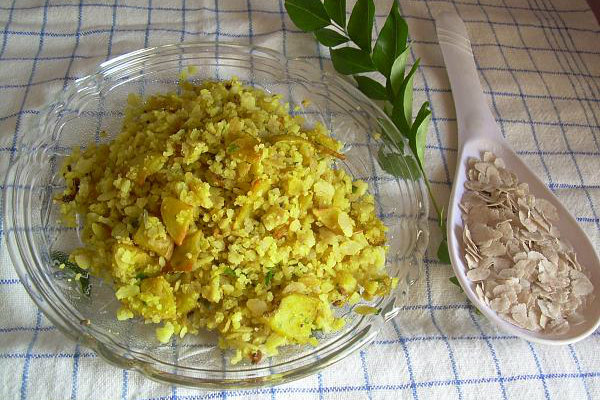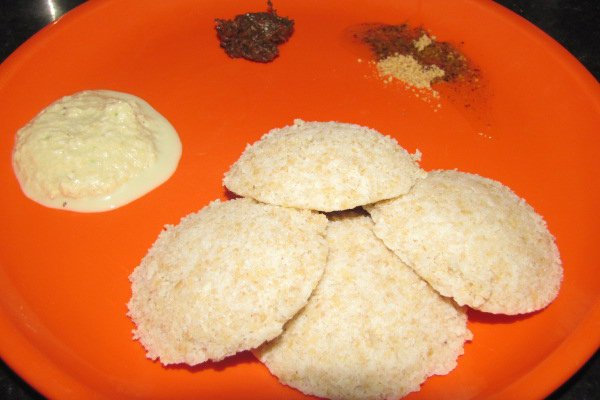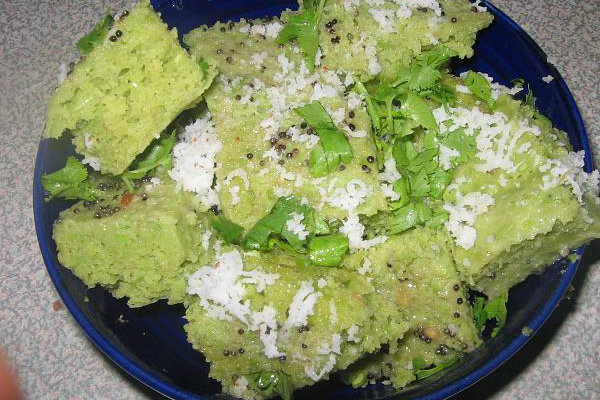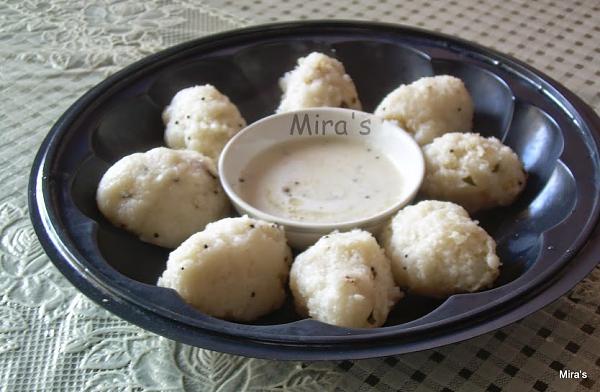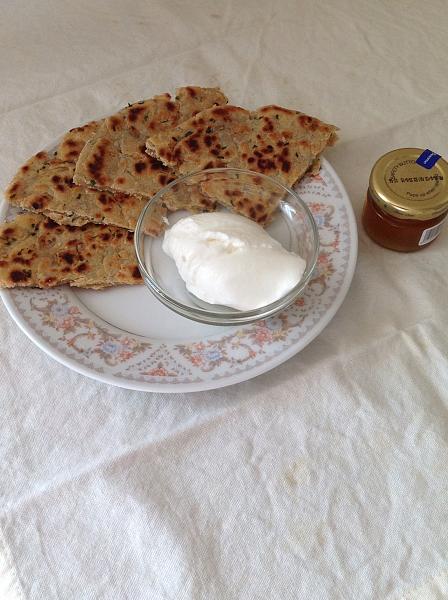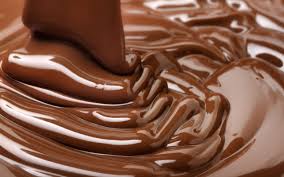Breakfast Recipe banner
Start your day with a healthy breakfast. Breakfast is the most important meal of the day which cannot be skipped. It acts as a fuel to kick start your metabolism. Here are few reasons why you must have a healthy breakfast every morning. Habit of having regular breakfast also helps you to lose weight.
When it comes to nutritious and healthy breakfast, home-made Indian breakfasts always tops the list. Try to avoid fast foods, junk foods and high calorie foods for breakfast. Checkout the nutritional importance of eating breakfast.
Pre planning the menu and ensuring all the ingredients are in place over the weekend, will help you in making the breakfast in quick few minutes even in your tight scheduled weekdays.
We have compiled “10 Easy and Healthy Indian Breakfast Recipes” which will help you make simple and speedy breakfast every morning. This collection includes breakfast recipes from different regions of India, contributed by our members.
Arabic Mehandi Designs
Doesn’t the very mention of Mehandi or Henna spark excitement in you? Women and their love for mehandi is an open secret. The magic of mehandi lies in its vibrant color that it brings to the hands and feet. This ancient old tradition of skin decoration has its origins from Egypt, India and the Middle East. It occupies an important part of celebrations, rituals of several cultures. Arabic Mehandi became an integral part of the Islamic culture during the sixth or seventh centuries and spread widely in the Middle East. While some believe that the rule of the Moghuls brought the practice of Mehandi in India, other scholars claim that early documentation indicates the origination of mehandi in India.
The beautiful art of Mehandi is extensively used during festivals and special occasions such as Eid-ul-Fitr and Eid-ul-Adha.
Henna or Mehandi?
The words henna and mehandi are used interchangeably to describe a dye that is used to color the skin, nail or hair. However, their origination comes from a different language. While the word Henna has an Arabic origin, from the word Al-Hinna, Mehandi is derived from the Sanskrit word Mendhika.
The Art Connection
The botanical name of this plant is Lawsonia Enermis, which grows up to 8 feet high and is usually found in tropical regions such as the Middle East countries – Iran, UAE, Egypt, Saudi Arabia, Israel, Oman, Kuwait, Qatar, Bahrain, Palestine, Iraq, India, Pakistan and Afghanistan. Henna was primarily used to cool the body due to its cooling properties. Women expanded its art from by adding lines, shapes and other patterns thereby evolving beautiful and elaborate designs to enrich the look of the hands.
In the early days, most Arabic Mehandi designs were created as fertility-charms and for protection against the evil eye. Dots of henna were applied on the palms of the hands as a means to heal and cool the body. Gradually the healing plant was used for cosmetic purposes. The staining properties of henna have also been used to dye the hair, fingernails, skin, fabrics such as silk, wool and leather.
The Magical Hues
A creamy henna paste is the secret behind some of the best Arabic mehandi designs.
Fresh henna leaves are dried and crushed with drops of lemon juice to bring out its excellent staining properties. Many mehandi artists also add coffee, black tea cloves, tamarind and other essential oils to enhance the staining power of henna. When the paste is applied to the skin, the hennotannic acid leaves a colorful dye on the skin. The art of Mehandi is known to work best on hands and feet as these areas have higher levels of keratin (a skin-protein that binds the dye to the skin). The stain stays for three to four weeks depending on the henna and the skin type.
The henna paste for Arabic Mehandi can be thin or thick. Let the paste be thicker if you need heavy stains. This is more suitable for basic patterns that are less intricate. The services of a professional henna artist are typically used to produce some splendid traditional Arabic mehandi designs. Designs are applied using a cone, brush or syringe. Few artists also make use of string to create a shaded pattern on the hands and feet, which is one of the main highlights of an Arabic mehandi design.
The Beauty of Arabic Mehandi
Unlike the Indian or Pakistan mehandi designs, Arabic mehandi designs do not include living beings such as human faces, birds or animals in the patterns. They tend to be more abstract which predominantly features floral, creeper, vein, leaves patterns, which are normally found in Arabic tile or textile and art designs.
They are simpler than the elaborate Indian mehandi designs. Such motifs are perfect for extending a design or pattern from hand to arm or foot to leg to make it look complete and attractive.
Yet another distinct feature of Arabic Mehandi designs is the heavy use of outlines. They are devoid of shapes that are filled. This type of beautiful layout makes these designs dry up easily and the quantity of mehandi consumed is also less. You can also use them as partial designs to cover the hand and foot.
In this section, you will find some fabulous Arabic mehandi designs that range from simple to complex that are suitable for varieties of events and occasions. You can try these yourself or get it done through a professional henna artist. Plan your special days to look gorgeous with our collection of some breathtaking Arabic mehandi designs.

